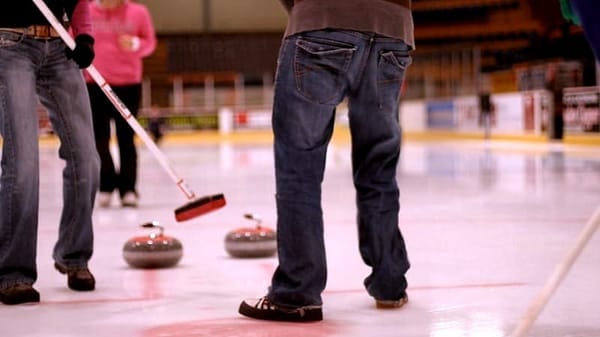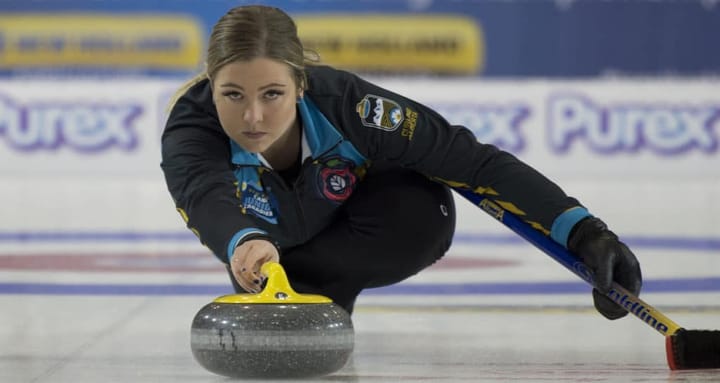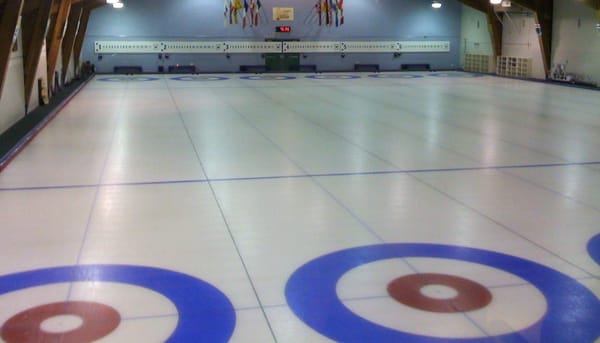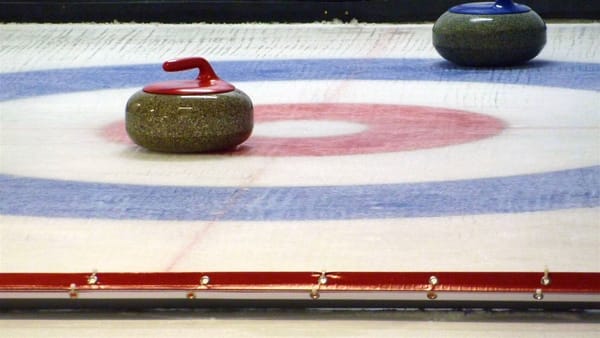Curling Brooms

Curling is a sport steeped in tradition and strategy, and one of the most crucial pieces of equipment for any curler is the broom. Often referred to as a brush, the curling broom plays a vital role in influencing the trajectory and distance of the stones as they glide across the ice. Let’s explore the evolution of curling brooms, their modern features, and the techniques that make them indispensable for curlers.
The Evolution of Curling Brooms
In the early days of curling, players relied on simple bunches of sticks to clear debris from the ice in the path of a moving rock. As the game progressed, these rudimentary tools transformed into specialized brooms designed to manipulate the stone’s path more effectively. By the 1980s and 1990s, most curlers utilized brooms with natural bristle heads made from horsehair or hog hair.
However, advancements in materials have revolutionized broom design. Today, most curlers prefer brooms with synthetic brush heads made from high-friction materials like Cordura. These modern brooms are lighter, more efficient, and significantly more durable than their natural counterparts, shedding less debris and offering a cleaner performance on the ice.
Directional Sweeping: A Game-Changer
One of the most notable innovations in broom technology is the technique of directional sweeping. This method allows sweepers to manipulate the direction and curl of a rock by creating micro-scratches on the ice surface with their broom heads. The angle of the sweeper’s push stroke is critical; if the stroke aligns with the rock’s curl, it enhances the curl, while a stroke in the opposite direction can reduce it.
The effectiveness of this technique relies on several factors, including the broom head material, the pressure applied, and the ice conditions. Directional sweeping is especially impactful on "frosty" ice, where moisture is present on the surface, enabling sweepers to achieve greater control over the rock’s path.
The Brushgate Controversy
In recent years, the introduction of new broom technologies sparked considerable debate within the curling community. Some teams began using brooms with highly abrasive fabric heads, referred to as "Frankenbrooms." These brooms allowed for unprecedented manipulation of the rock’s path, leading to a controversy known as “Brushgate.” Critics argued that these new brooms provided an unfair advantage and undermined the skill involved in the game.
In response, the World Curling Federation (WCF) took action by standardizing broom heads for high-level competitions. The organization banned abrasive fabrics to maintain the integrity of the sport, mandating that all brooms used in world championships and Olympic events adhere to specific fabric guidelines that minimize ice damage. Many competitive leagues have since adopted these regulations.
Choosing the Right Broom
For curlers, selecting the right broom involves considering weight, head material, and handle type. Lighter brooms, often made with carbon fiber handles, are popular due to their ability to reduce fatigue during play. However, they can be harder to control, so finding the right balance is crucial.
For those playing on multiple teams, an adjustable or swivel-head broom can enhance versatility, allowing sweepers to effectively maneuver on both sides of the rock. In team settings, fixed-angle brooms may be beneficial for corner sweeping, where pressure is applied to one edge of the broom head to help straighten a rock's curl. However, this requires multiple brooms for each player’s preferred side.
Mastering the Technique
While having the right broom is essential, effective sweeping form is equally important. Good balance, speed, and pressure are key elements for successful sweeping. Sweepers should keep their backs flat, distribute their weight over the broom head, and position their feet to maximize pressure. The ideal sweeping motion is short and vigorous, employing as much force as possible.
Conclusion
Curling brooms are much more than just tools; they are an integral part of the strategy and skill involved in the game. From their historical evolution to the modern advancements that influence play today, understanding the significance of brooms can enhance any curler’s performance. As you step onto the ice, remember that mastering your broom is just as important as honing your stone-throwing skills—both are essential for success in the captivating sport of curling.



